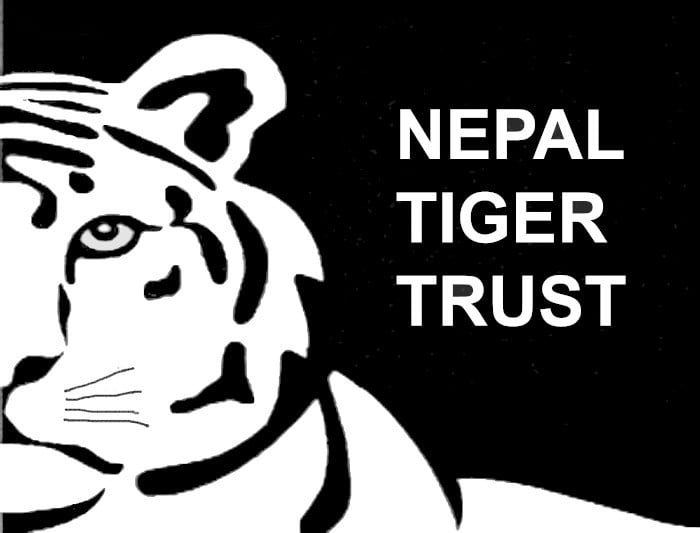TIGERS ARE THE GUARDIANS OF THE JUNGLE'S ECOSYSTEM.
Help us protect the health of Nepal’s national parks.
OUR IMPACT
Over the past decade, our work in Chitwan and Bardia National Parks has contributed to several milestone moments in tiger conservation in Nepal.
Your support has helped us achieve:
124 tigers in Chitwan National Park
594 camera trap locations
2500 youth mobilised for anti-poaching initiatives
Banner image (top) by Keyur Nandaniya
